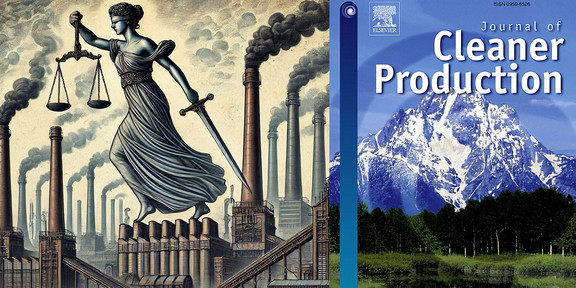Discontinuous regulatory changes – how do firms prepare?

Regulatory changes are increasingly important, particularly in the context of combating climate change. Such regulatory changes are often discontinuous for companies because in most cases the processes, skills and resources required for adaptation are almost or completely lacking and must be acquired accordingly. While innovation and technological change have been extensively researched as discontinuities, regulatory change has rarely been the central element of discontinuous change research. A particularly important example of discontinuous regulatory change is Scope 3 CO2 reporting. Especially in “hard-to-abate” sectors such as steel, Scope 3 carbon reporting is expected to become mandatory in the near future in order to further accelerate decarbonization towards the Paris climate goals.
In a recent study published in the Journal of Cleaner Production, Maximilan Hettler and Prof. Dr. Lorenz Graf-Vlachy investigated how companies are preparing for such anticipated discontinuous regulatory changes. The team used the European steel industry as an exploratory case study and conducted a large number of interviews with managers from the industry. In the paper, the researchers show how different motivations of managers influence their perspective on future developments and thus induce different behaviors in the design phase of regulatory change. You can find out more in the full text of the paper here.
Hettler M., & Graf-Vlachy L, Incumbent Responses to Anticipated Discontinuous Regulatory Change: The Case of Scope 3 CO2 Reporting in the European Steel Industry, Journal of Cleaner Production, https://doi.org/10.1016/ j.jclepro.2024.144109.

